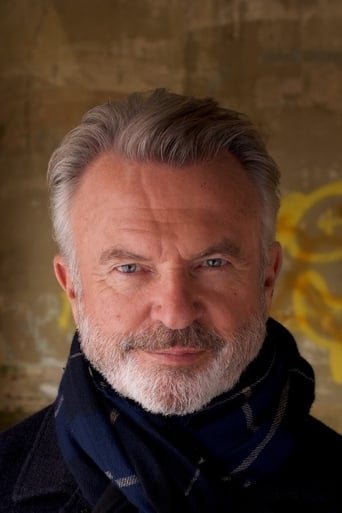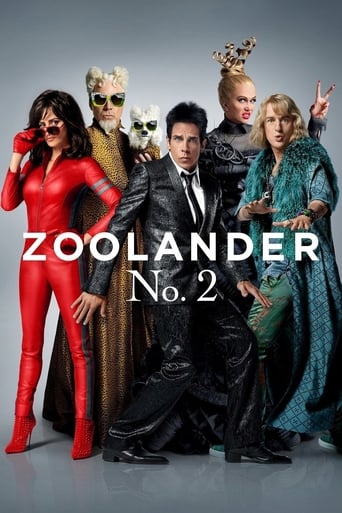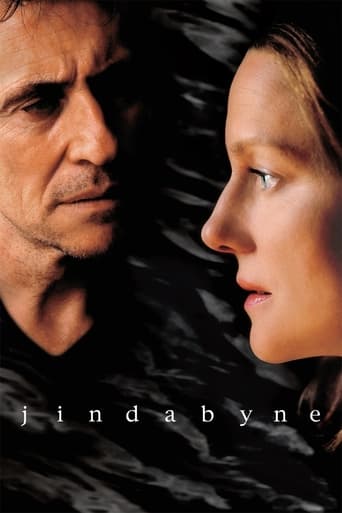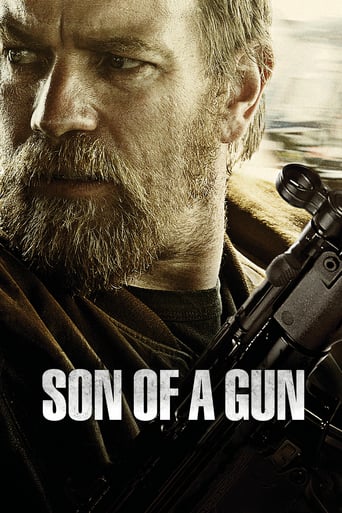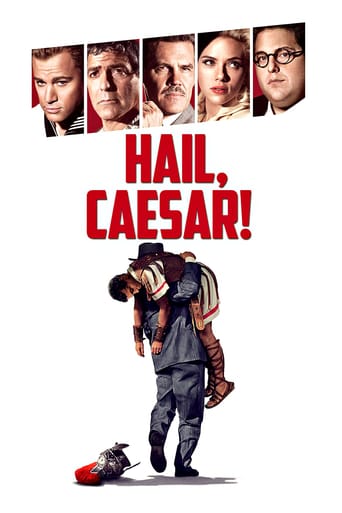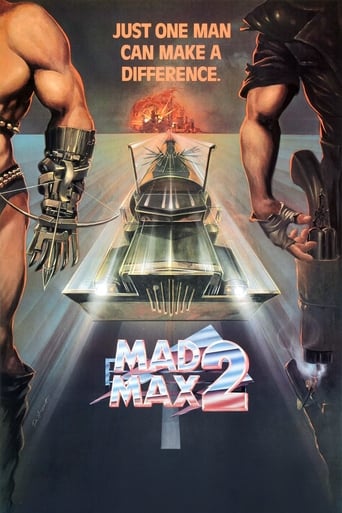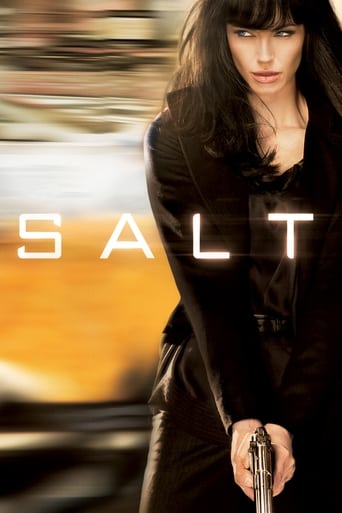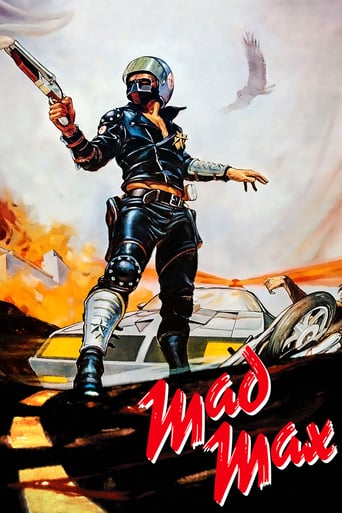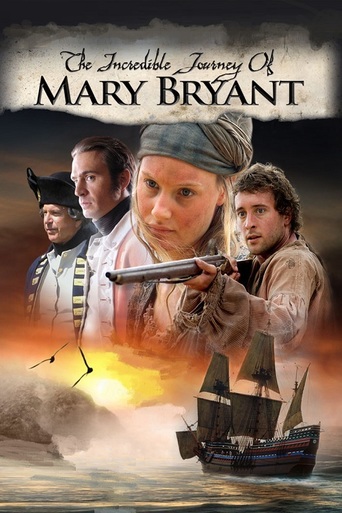

The Incredible Journey of Mary Bryant (2005)
A young woman is transported to the New South Wales penal colony in 1788.
Watch Trailer
Cast


Similar titles
Reviews
the audience applauded
Good movie but grossly overrated
Admirable film.
if their story seems completely bonkers, almost like a feverish work of fiction, you ain't heard nothing yet.
The Incredible Journey of Mary Bryant is a period piece mini-series that is unlike most period pieces you'll see. Most period dramas are romantic and glossy, or they are gothic and dark, or they are whimsical and fun. This one is just gritty and real. It's loosely based on the life of Mary Bryant and British girl convicted of theft who's sent to the Australian Penal Colony. It's disturbing, interesting,and well-acted (Romola Garai is fantastic as usual).
Even though two books had been written about her, Mary Bryant probably was little known outside of British and Australian historians or seafaring buffs before this mini-series was produced for TV. At first, I thought this might be a female version of "Les Misérables." But, this film is about a real person – not based on a novel of fiction. Yet, for a biopic it strays way too far from the facts and real story. Nor, does it have a true hero in the sense of Victor Hugo's Jean Valjean in "Les Misérables." "Mary Bryant" is very loosely based on the events of a short period in the life of Mary Broad Bryant. It could have been a great movie about a true event in history. The elements were all there — the harsh British penal laws, typical of most European laws of the time; the establishment of Australia as a British penal colony; a head-strong woman's instinct for her survival and that of her children; a convict's desire for freedom; a daring prison escape by way of an incredible sea voyage; and the pardon and freedom of prisoners. Instead, this film reduces all that to sentimentalism (a poor starving girl arrested for stealing a picnic lunch, which is false), exaggerated heroism, fictitious people and relations, and much sex. Mary Broad was a real person. She was a highway woman and petty thief in Plymouth, England. She was among the first English criminals sentenced to the new penal colony at Botany Bay – present-day Sydney, Australia. There, she married another prisoner, William Bryant. She did help lead an escape that took a small group of prisoners and her two children more than 3,000 miles over sea. But, much of the rest of this story – and more than 75 percent of the film, is devoted to a fictitious romance with a British officer, high living by the prisoners on Dutch Timor, and a fictitious pursuit on TimorThis two-part movie suffers in some technical areas as well, and in the script and direction. Some other reviewers found the same difficulty with the film that I did. The large number of close-ups were very disconcerting. The full-face and full-screen shots and scenes repeated so often and seemed to last so long. Maybe the filmmakers didn't consider that audiences would be watching this on much larger home TV screens. The faces were hugely overblown and frequent distractions from the film. For all the time spent on the ship from England to Australia, the movie gave so little time to the daring escape and sea journey in a small boat. Yet that 66-day, 3,000-plus mile journey was the incredible event for which Bryant became known. A huge part of the film was Bryant's romantic or feigned romantic relationship with Lt. Clarke. His character was totally fictitious. The film has Clarke and British marines hunting down Bryant on Timor, a Dutch possession. At least one other reviewer noted the absurdity of British troops operating in another country's territory. Finally, the idea that the prisoners, none of whom were refined or educated, could have pulled off a ruse by making the Dutch officials think they were landed gentry or merchant survivors from a ship wreck is hilariously absurd. In reality, the Dutch weren't fooled. They sent Mary and her group to England as suspected escapees, for international relations.The filmmakers apparently didn't need history advisers or editors for this film – or they didn't care if the film was judged absurd on these points. I'm willing to allow "Hollywood" license to filmmakers for fictitious elements of most films, especially those based on fiction and novels. But, biopics are another matter. By their very definition, these should be as close to accurate representations of people and events as records provide. I think an accurate historical biopic of Mary Bryant could have been done in one full-length film. It would show her as a petty thief and highway woman who gets caught in Plymouth, England, and sentenced to the new penal colony. It would show the harsh conditions aboard ship, without the romance of the fictitious British officer. It would show the struggles in the penal colony, and Mary's marriage and her care for her two children. It would show the plans for escape and the actual flight. Finally, it would show her return to England, the long time for the trial, lawyer and writer James Boswell's defense, and her pardon and regained freedom. Still, one would be left to wonder about her fate. As in the end of the movie, since there apparently is no other record of what happened to such a famous or notorious person after that.The unfortunate thing about films like this is that many viewers, who don't bother to check further, go away with sentimental notions based on stories that are not true. Thus, we get false history that deceives our culture and inherent drive for truth and justice. This movie is interesting, some of the cinematography is very good, and the acting is good, but not great. For these medium qualities, with its inaccuracy, significant fictional alterations, and clearly absurd scenes, I can rate it only a 5.
I sat through Mary Bryant and I was completely bored. It was a totally overblown and long drawn out saga, heavily padded with long, lingering, meaningless close ups and many trivial mistakes. Without those close ups which added nothing, the piece would have been half as long which would have been better. It was also totally unrealistic and laughable to watch.In the very first scene Mary (Romola Garai) robbed a women in an isolated wood in Cornwall and then, from nowhere, up came two men and arrested her. That was just funny. It looked for all the world as if the robbed woman had called the police on her mobile. Where did they come from? How did they get there?Then Mary was sentenced to go to Australia, and the appalling conditions on the boat were depicted in great detail. People were starving and dying of disease, the lucky ones survived. Mary's baby was born on this boat and then arrived at Sydney Cove fit, clean and healthy. Yes, Mary's baby truly did survive this voyage, presumably fed by Mary, but if Mary herself was starving, how was the baby so bouncing? In spite of the desperate hunger and hardship the baby then grew up to be quite a sturdy little girl (Charlotte). At Sydney Cove there was one scene where a character wrote a list of supplies with what looked suspiciously like a ball point pen, it could have been a fountain pen, but it certainly wasn't a quill pen. The quills appeared later.Then Mary Bryant had another baby. This one also thrived and stayed healthy looking throughout the drama never losing any weight during it's long 3,000 mile journey in a boat with few supplies and what did they do for water? In fact none of the actors lost so much as an ounce on that long journey. They did have signs of scurvy at one point but that miraculously disappeared in sight of land. Also realistically their white skins would have been terribly burnt in that open boat. Why was that not shown?The scenes in Timor were just ludicrous. Jack Davenport (as Lt. Ralph Clarke) is always worth watching, but even his endless close-ups began to pall, and Mary Bryant's husband (Alex O'Loughlin) was very handsome in a 2006 way and had cosmetically perfect, shiny, white teeth which helped very much with his close-ups, but added not atouch of realism to the drama.Romola Garai was great in "I captured the Castle", but I did get tired of staring at close ups of her. Her expressions were rather blank as well.As befits British people arriving in Australia the convicts all had British accents, bar one, actor David Field, who had an Australian accent, however he was one of the few convincing looking convicts. I don't expect accents to be uniform, but uniformly British would be desirable.As this was a true story I stayed with it in order to see what happened to Mary.At the end Mary Bryant all dressed up, clean and looking not a minute older, returned to Cornwall. Presumably she had received financial assistance, however she had absolutely no luggage. With nothing in her hand at all, she walked cheerfully down to her village, which we never see (and in which she was originally starving) and then we do not know what happens to her. Not even a little hint in the credits at the end.I think when actors are portraying great suffering they should miss a few meals on location and perhaps a smaller baby could be used to show malnutrition. I also expect more from the make-up department. I do not expect the children to be starved for the role, but perhaps less bonny looking children could be used, and less obviously well fed actors.A lot of money went into this production but God is in the details and the details weren't there.My husband's comment was "Well I'll sleep well tonight!"
Talk about the most inaccurate story ever, "based on a true story" well it might be, but it certainly isn't the story of Mary Bryant. What a load of rubbish...................It starts off reasonably well, but then just goes downhill. It seems that they lost all historical fact when the fleet of ships reached Australia. I would hazard a guess that the story was sensationalised in an effort to make for better television viewing. The historical facts from that point on aren't even alluded to for the rest of the story. The sight of British Red Coats running around in Dutch Timor was the only humorous part to a pathetic story. Didn't the writers even stop and think about the impossibility of that actually happening. Why do they try and pretend it is factual when in all truth it is a work of fiction, and a poor one at that.



